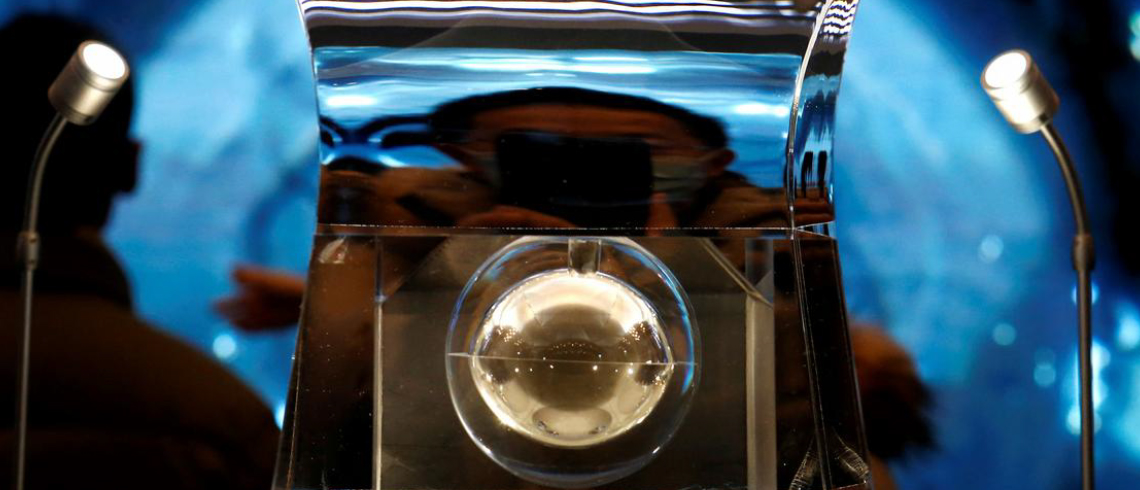Water Found on the Moon

In 2020, China’s Chang’e-5 mission made headlines by soft landing on the moon and taking back lunar soil samples. Fast-forward to 2023, when people around the world almost forget about those 1,731 grams of dirt, scientists from the Chinese Academy of Sciences in Beijing and Nanjing publish their latest findings in the journal Nature Geoscience.

From the samples, they discover water trapped in tiny glass beads that are formed when a meteorite strikes the surface of the Moon. They estimate that the amount of water hosted by glass beads in lunar soils may reach up to 27 billion tons. The water is thought to be derived from solar winds when hydrogen ions in the solar wind react with oxygen-bearing minerals on the surface of airless bodies like the Moon. The solar wind is a stream of charged particles, mostly protons and electrons, that flows out from the Sun at high speeds. When these particles collide with the lunar surface, they can knock atoms out of minerals and create new chemical compounds, including water molecules. The glass beads can be replenished with water periodically. This process is thought to be responsible for most of the water detected on the Moon’s surface.
Before this study, it has long been argued that there could be water on the surface of the Moon. This discovery has significant implications for lunar exploration, space travel, and our understanding of the solar system. The presence of water on the Moon could provide a critical resource for human survival and serve as a source of rocket fuel, making space travel more efficient and cost-effective. The discovery also raises new questions about the distribution of water in the solar system and the potential for hidden water reserves on other airless bodies.



